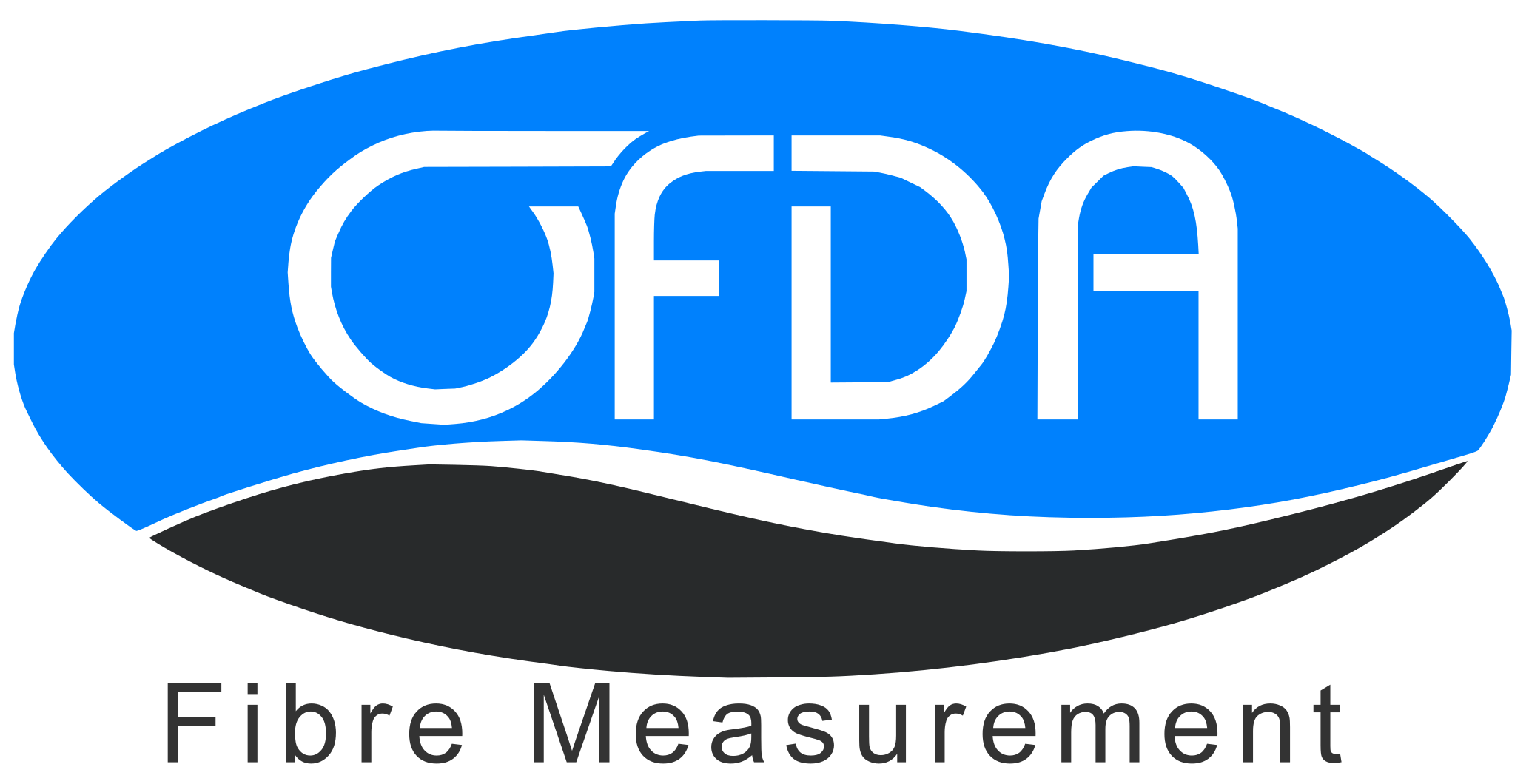Cellulosic Fibre: Weaving a Greener Textile Future
- Thomas Hegerty
- May 30
- 4 min read
Updated: Sep 24
In an era where sustainability is no longer optional but essential, industries are increasingly rethinking traditional materials and production processes. One of the most promising and impactful changes in the textile sector is the rising adoption of cellulosic fibre—a naturally derived material that offers a compelling alternative to synthetic fibres like polyester and nylon. As consumers and manufacturers alike become more environmentally conscious, cellulosic fibres are paving the way towards a cleaner, greener, and more responsible future for fashion and beyond.
At Robotic Vision, we are at the forefront of this shift, offering precision fibre measurement technologies that help producers and researchers ensure the highest quality standards in their use of cellulosic fibres. But what exactly are cellulosic fibres, and why are they becoming the gold standard in sustainable textiles?
Understanding Cellulosic Fibre: Nature’s Answer to Synthetic Pollution
Cellulosic fibre is derived from cellulose, the organic compound that forms the primary structural component of plant cell walls. This makes it renewable, biodegradable, and far more sustainable compared to synthetic alternatives made from petrochemicals.
There are two primary types of cellulosic fibres:
Natural Cellulosic Fibres
These are directly obtained from plants and include:
Cotton – The most widely used natural fibre in the world.
Linen (from flax) – Known for its strength and breathability.
Hemp – A fast-growing plant fibre with high tensile strength.
Ramie – A lesser-known but strong and lustrous fibre.
Man-Made Cellulosic Fibres (MMCFs)
These fibres are regenerated through a process where cellulose is extracted, dissolved, and reformed into fibres. Popular MMCFs include:
Viscose (rayon)
Modal
Lyocell (such as TENCEL™)
While MMCFs involve some chemical processing, many are produced in closed-loop systems, significantly reducing environmental harm.
Why Cellulosic Fibre Matters: Environmental and Performance Benefits
The shift to cellulosic fibre isn’t just about doing what’s trendy—it’s about making a meaningful impact on the planet.
Biodegradability
Unlike synthetic fibres that can take hundreds of years to decompose, cellulosic fibres break down naturally in soil or marine environments within a few months, reducing the load on landfills and oceans.
Lower Carbon Footprint
Many cellulosic fibres, especially lyocell, require less water and energy to produce. Their production often emits fewer greenhouse gases, making them a more climate-friendly choice.
Reduced Microplastic Pollution
Synthetic fibres shed microplastics with every wash, polluting waterways and entering the food chain. Cellulosic fibres don’t pose this risk.
Performance and Comfort
Cellulosic fabrics are breathable, soft, moisture-wicking, and gentle on the skin, making them ideal for garments, bedding, and even medical textiles.
Cellulosic Fibre Across Industries
The versatility of cellulosic fibre makes it suitable for a wide range of applications beyond fashion.
Fashion and Apparel: From luxury fashion houses to activewear brands, designers are embracing cellulosic fibres for their drape, durability, and eco-credentials.
Home Furnishings: Curtains, bed sheets, and upholstery made from cellulosic fibres add elegance and functionality to interiors. They’re not only stylish but also durable and comfortable.
Non-Wovens and Hygiene Products: Lyocell and viscose are used in baby wipes, sanitary products, and medical textiles, thanks to their absorbency and skin-friendliness.
Paper and Packaging: Cellulose fibres from wood pulp remain central to sustainable paper and packaging solutions, now more relevant than ever in reducing single-use plastics.
Recent Innovations Driving Cellulosic Fibre Adoption
Sustainability demands innovation, and the cellulosic fibre industry is seeing exciting advancements:
Closed-Loop Production
Lyocell and newer forms of viscose are produced using closed-loop systems where solvents and water are recycled, drastically reducing environmental impact.
Fibre Blending and Circular Textiles
Brands are experimenting with blends of organic cotton, hemp, and lyocell to enhance fibre properties while promoting circular fashion.
Upcycling and Regeneration
Technologies like Renewcell’s Circulose® are enabling the recycling of worn-out garments into new cellulosic fibre, minimising textile waste.
Algae and Agricultural Waste Sources
Research is underway to derive cellulose from unconventional sources like algae, wheat straw, and sugarcane bagasse, opening up new avenues for eco-friendly textiles.
The Role of Robotic Vision in Supporting Cellulosic Fibre Excellence
At Robotic Vision, we believe that quality and sustainability go hand-in-hand. Our fibre measurement technologies—such as the OFDA2000 and OFDA4000—are designed to provide real-time, high-accuracy analysis of fibre properties.
Why Fibre Measurement Matters
For manufacturers and researchers working with cellulosic fibres, knowing the characteristics of the fibre is critical. Our systems measure key attributes such as:
Fibre diameter
Fibre length
Curvature and crimp
Fineness and strength
These parameters impact the final product’s feel, durability, and appearance.
Benefits for Cellulosic Fibre Production
Process Optimisation: Real-time measurements allow manufacturers to adjust processes on the go.
Waste Reduction: By ensuring fibre quality, defects can be minimised, saving materials and resources.
Consistency and Compliance: High-quality measurement ensures that standards are met across batches and suppliers.
Whether you're working with raw natural fibres like flax or processing lyocell at scale, Robotic Vision provides the insights you need to maintain excellence and innovate with confidence.
Ready to Embrace the Future of Fibre?
Partner with Robotic Vision to optimise your cellulosic fibre production. Our state-of-the-art measurement solutions ensure superior quality, reduced waste, and greater efficiency.
Contact Us Today to learn more about our industry-leading fibre analysis technology and how we can help you lead in sustainable innovation.





Comments